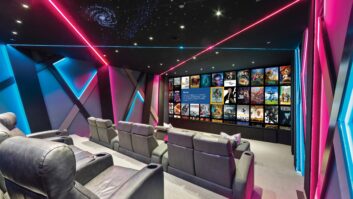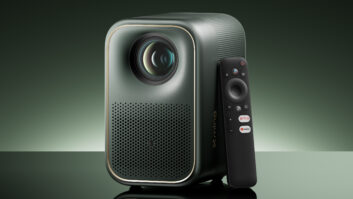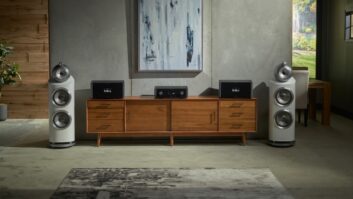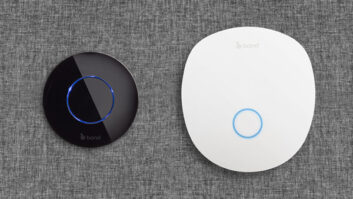New York – Video display industry analysts DisplaySearch and
iSuppli issued separate reports Thursday showing a buildup of LCD panel
inventory by major brands and the potential for a resulting slowdown in TV
production for the first quarter of 2011.
, which
just released its MarkeWise-LCD Industry Dynamics report, said that supply
levels at LCD manufacturing fabs returned to mostly healthy levels after
December, but “there are still concerns about high inventory for brands.
DisplaySearch found that TV, monitor and notebook PC brands are holding medium
(4-5 weeks) to high (more than 6 weeks) supply chain inventories. This explains
the brands’ restrained production plans in Q1’11.”
DisplaySearch said that
panel makers’ inventories were back to healthy levels at the panel production
fabs, and on average, TFT LCD inventories, defined as finished modules held by
panel makers, are down to 7-8 days for TV panels, 6-7 days for monitor panels
and 5-7 days for notebook PC panels, which are all manageable levels for panel
makers.
In addition, panel prices, especially LCD TV, are stabilizing
because there is little inventory pressure pushing panel prices down.
In the U.S., Q4’10 sell-through was positive, mainly for CCFL
models, but not all brands benefited, DisplaySearch said.
“Most brands are still facing high inventories for LED-backlit
LCD TV models. In Q1’11, brands will put more focus on promotion of LED-backlit
LCD TVs before new models come on line in March,” the DisplaySearch report
stated.
In other findings, DisplaySearch said panel makers plan for
large-area panel shipments to trend down in January, with a 2 percent decline
month to month, and TV panel shipments will drop the most, falling 9 percent
month to month.
In December 2010, 60 percent of Samsung LCD’s TV panel shipments
were to Samsung and Sony, and 45 percent of LG Display shipments were to LG
Electronics and Vizio.
Meanwhile, new research from the IHS
LCD Service on the large-panel
LED-backlit LCD market found that despite strong growth in shipments of
LED-backlight products, “the large-sized panel market in 2011 faces the specter
of oversupply, which could result in falling prices.”
The firm said that based on an analysis of the current production
plans of panel suppliers, manufacturing capacity may significantly exceed
market demand in the first half of 2011.
However, capacity expansion in the second half of 2011 may
decrease to a lower level than demand.
“If panel suppliers can control production skillfully and rationally,
2011 can be very positive year for the LCD industry,” said Sweta Dash, IHS
iSuppli LCD research senior director. “On the other hand, excessive production
in the first half may lead to an inventory buildup and oversupply in 2011.”
The El Segundo, Calif.-based firm went on to say that more than
two-thirds of large-sized LCD panels shipped worldwide in 2011 will incorporate
LED edge and backlighting, up from less than one half in 2010.
An estimated 67 percent of large-sized LCD panels will use LEDs in
2011, compared to 44 percent in 2010. Global shipments of large-sized LCD
panels with LED backlighting will reach 495.6 million units in 2011, up 74.9
percent from 283.3 million units in 2010.
LED penetration in television and monitor panels will rise to
slightly less than 50 percent in 2011, up from about 20 percent in 2010.
By 2014, shipments of large-sized LCD panels with LED backlights
will reach 834.6 million units, growing at a compound annual growth rate (CAGR)
of 47.9 percent from 117.8 million in 2009, iSuppli said.
IHS defines large-sized LCDs as panels with a diagonal dimension
of 10 inches or larger.
“LED-backlit panels have emerged as the main driver of
large-sized LCD panel shipment growth in 2010, representing the
fastest-expanding-and soon to be the largest-portion of the LCD market,” said
Dash. “Consumers increasingly are demanding LED-backlit televisions as the
costs of such sets decline, allowing more users to take advantage of their
superior image quality, lower power consumption and thinner form factors.”













